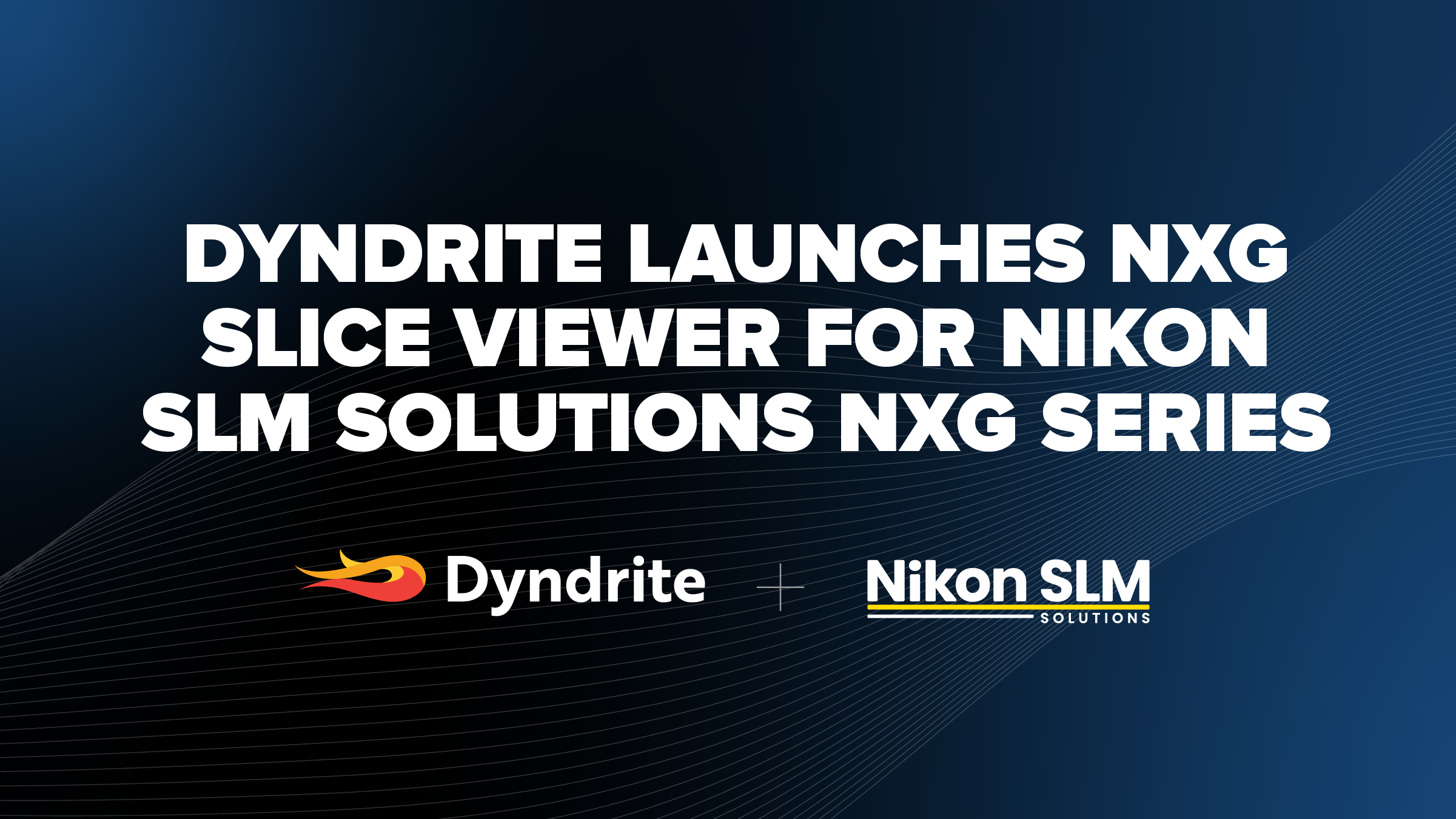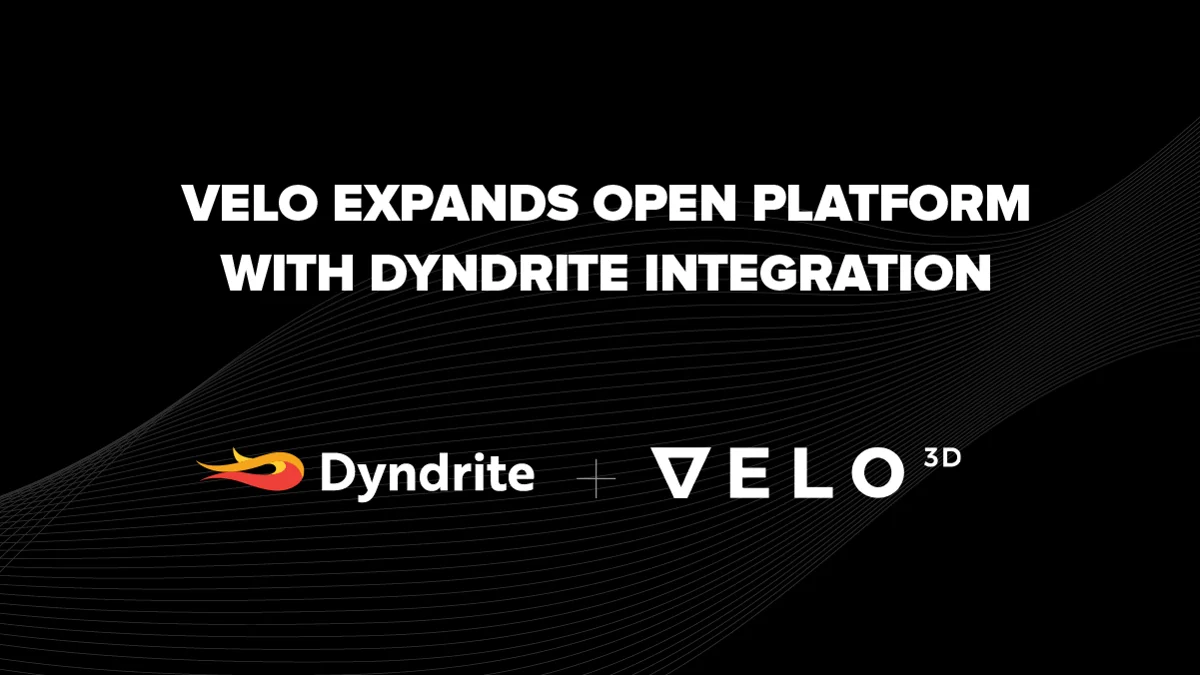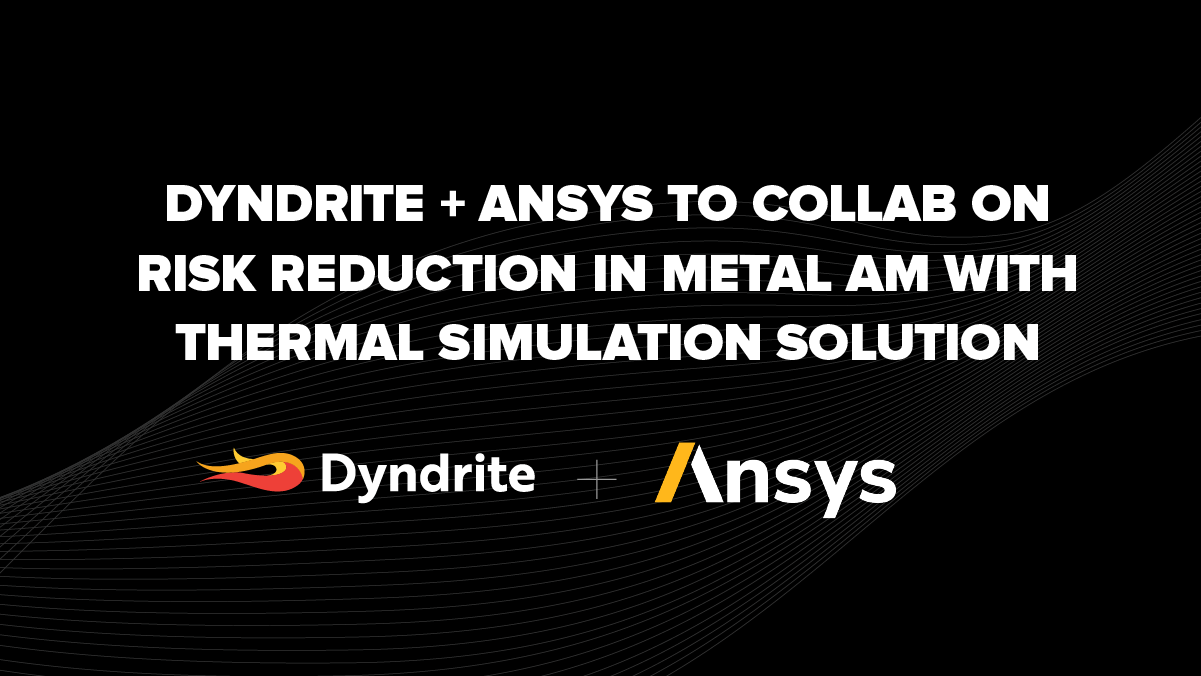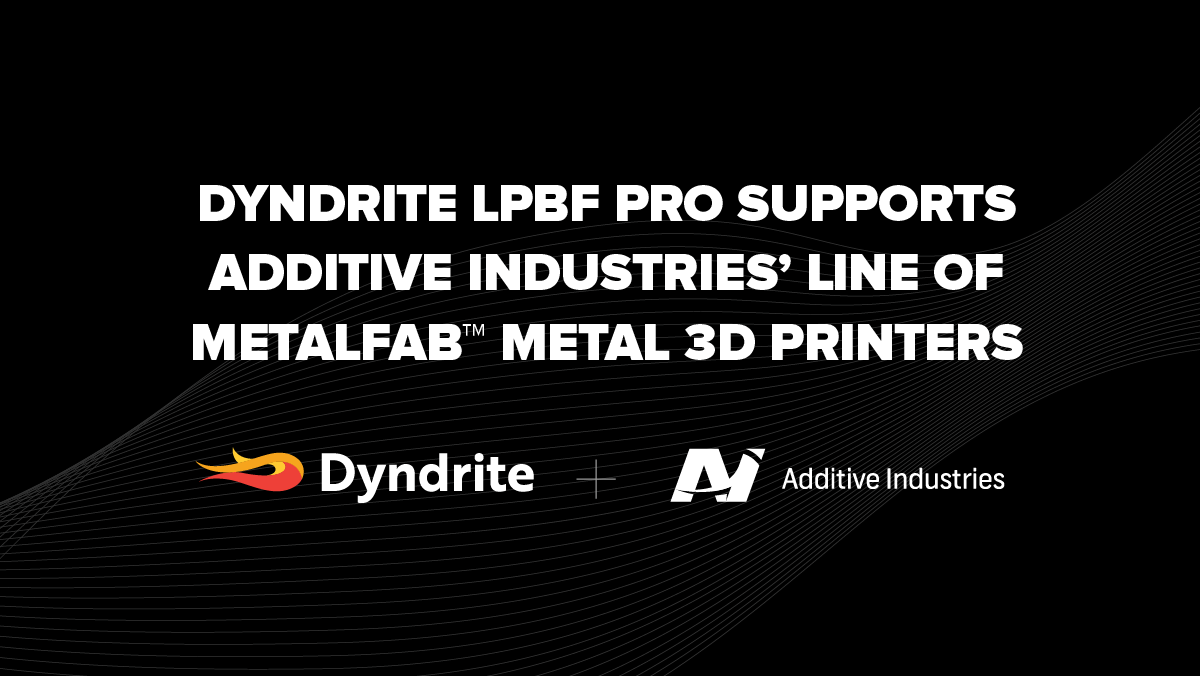Why Dyndrite for Material and Process Development Workflow?
Regardless of the process, the aim is to improve the quality of parts, types of printable parts, and/or materials by applying the correct compensations. These compensations are done by changing the light intensity and the locations where light is delivered. From the software perspective, this means we want to send RGB or grayscale images to the light engine where the color denotes the light intensity. Dyndrite puts you in total control of your geometry rasterization process, enabling compensations that enable successful first-time prints.
Compensations are based on:
- hardware (printhead/light engine/bed conditions and part location)
- material (binder/powder/resin)
- geometry of the part itself
Hardware and material compensations are machine-level corrections for the manufacturing process and are accounted for in a calibration and qualification process. These are machine settings based on the individual machine and the materials being used.
The compensation for the part itself requires advanced analysis of the geometry. Based on “how far inside” the part you are, and the “angle of the nearest” surface, one wants a different droplet size or light intensity. For example, in photopolymers you may want less light intensity toward the center of the part compared to the edges as the center has a higher temperature. You also may want to employ gray values on the edges to achieve sub pixel resolution.
Unlock Access ↓Dyndrite enables this advanced analysis via GPU-accelerated volumetric segmentation, which allows us to break up geometry into various areas of interest. We then assign different colors to each of these areas and by proxy vary the light intensity in the machine. These colors represent an additional part-level compensation based on part features, beyond the hardware-, material-, and part location-based compensations.
Dyndrite’s Toolpathing API surpasses current layer-by-layer based Boolean toolpathing methodologies by using its GPU-based voxel engine to enable advanced 3D geometric queries into the part. The current 2.5D approach requires looking up and down 10+ layers at a given layer for part analysis to inform the print strategy for subsequent layers. This approach inherently misses part features such as thin walls due to abrupt changes between layers. This approach is also inherently unstable and error prone compared to the computationally intensive but direct 3D approach Dyndrite uses. Dyndrite’s volumetric geometric feature detection enables users to precisely prescribe custom build recipes/process parameters to reach desired outcomes.
Volumetric 3D assignment of parameters is based on distance from upward or downward faces, or the nearest surface. 3D fields are generated, thresholded, and Booleaned to enable the assignment of different parameters within a single model using the API. The discrete zoning process allows you to develop a robust build strategy, resolving large and small features at the resolution of the machine.
Volumetric segmentation enables high throughput in thicker sections, reducing the need for complex supports, and enabling new materials and special alloys. This ultimately allows you to expand the use of new materials and machines, further enabling new classes of part families.















